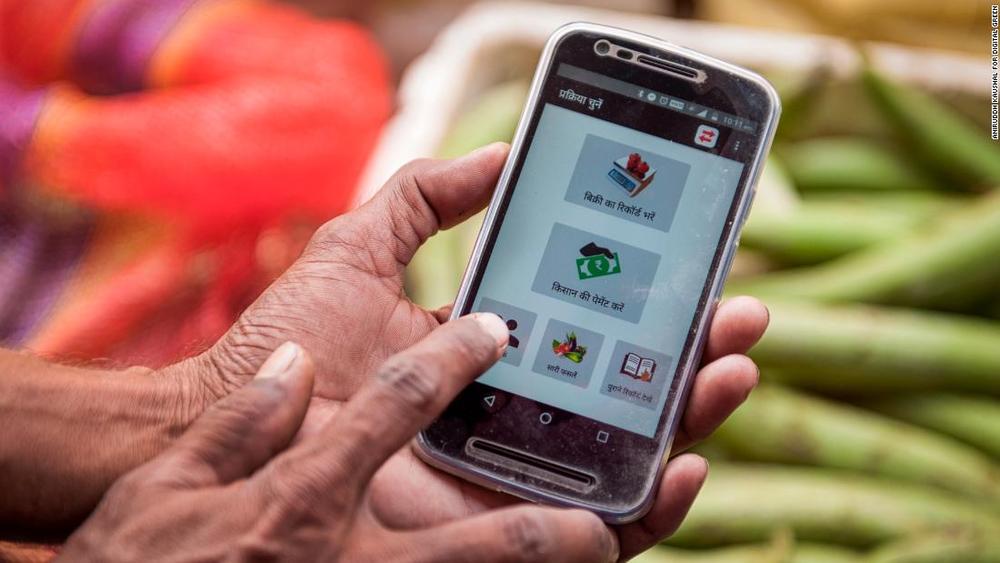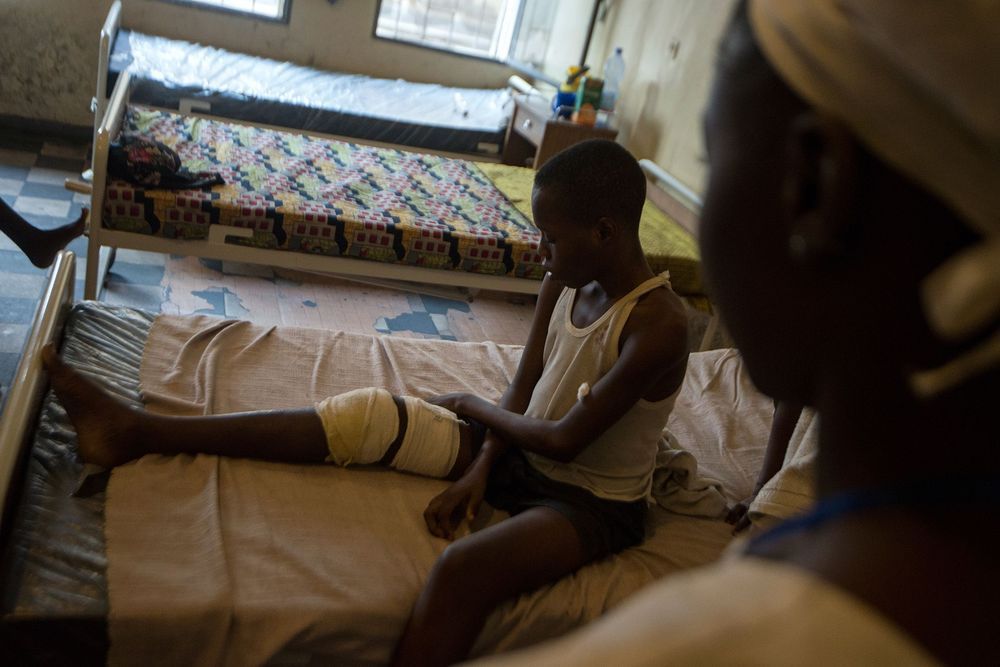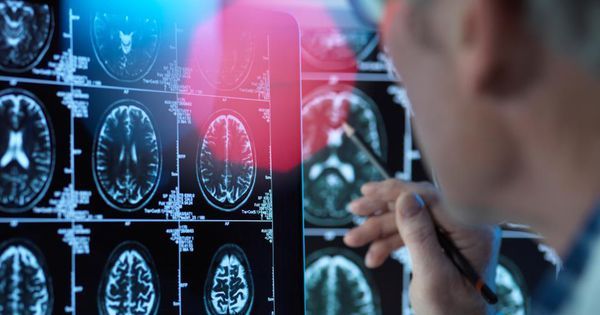On Friday, October 25, we hosted a Q&A webinar with the team behind MitoMouse, the second MitoSENS program that we are funding. In this webinar, Drs. Aubrey de Grey, Amutha Boominathan, and Matthew “Oki” O’Connor answered viewer questions about the nature of their research and the SENS approach to age-related disease.
There are only a few days left to donate! If you haven’t already, help SENS Research Foundation fund the final stretch goal of this critical research at https://lifespan.io/mitomouse and help bring about the end of mitochondrial dysfunction more quickly.





